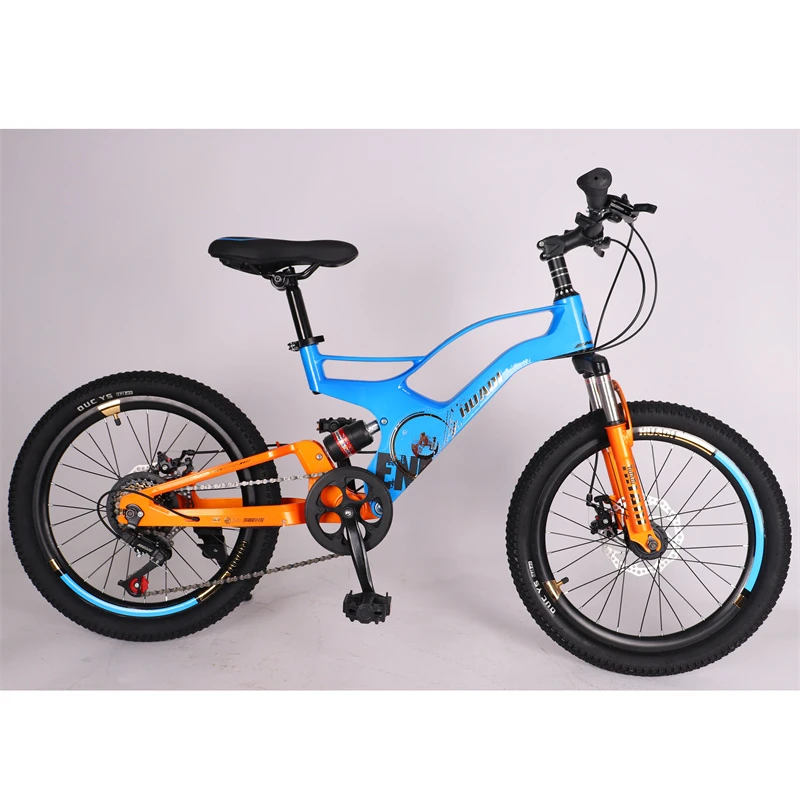Understanding Mountain Bike Dimensions for Optimal Performance and Comfort
Understanding Mountain Bike Dimensions A Comprehensive Guide
When it comes to mountain biking, the right bike dimensions are crucial for ensuring comfort, control, and performance on the trails. Selecting a mountain bike that fits your body type and riding style can significantly affect your overall experience. This article will delve into the essential dimensions of mountain bikes, helping you make an informed choice.
Frame Size
The frame size is one of the most critical dimensions when selecting a mountain bike. It determines not only the bike's comfort but also how effectively it can be ridden. Mountain bike frames are typically categorized into different sizes, such as small, medium, large, and extra-large. The size you choose will depend on your height and inseam length.
1. Small Frame (15-16 inches) Suitable for riders under 5'5 (165 cm). 2. Medium Frame (17-18 inches) Ideal for riders between 5'5 and 6'0 (165-183 cm). 3. Large Frame (19-20 inches) Best for riders over 6'0 (183 cm).
To ensure a proper fit, manufacturers typically provide a sizing chart, which correlates your measurements with the appropriate frame size.
Top Tube Length
Another important dimension is the top tube length, which affects the rider's reach to the handlebars. A longer top tube is typically better for taller riders as it allows for a more stretched-out riding position, enhancing control at high speeds. Conversely, a shorter top tube can make the bike feel more maneuverable, which is beneficial for technical trails. As a general rule, ensure that you can extend your arms comfortably when reaching the handlebars without compromising your grip.
Seat Tube Angle
mountain bike dimension

The seat tube angle refers to the angle of the seat tube relative to the ground. A steeper seat tube angle (usually around 74-75 degrees) places the rider forward, enhancing power transfer during climbs, while a slacker angle (around 67-69 degrees) allows for better balance and control on descents. It’s important to consider your riding style when evaluating the seat tube angle.
Wheel Size
The wheel size of a mountain bike plays a significant role in its handling and performance. Common sizes include 26”, 27.5” (also known as 650b), and 29”.
- 26-Inch Wheels Offer greater agility and are easier to maneuver but may not roll over obstacles as easily. - 27.5-Inch Wheels Strike a balance between agility and obstacle-rolling ability, making them a popular choice for versatile riders. - 29-Inch Wheels Provide better momentum and stability while rolling over technical terrain, ideal for long-distance rides and rough trails.
Standover Height
Lastly, standover height is the distance from the ground to the top of the top tube, and it’s vital for dismounting and maneuvering. Riders should ideally have a few inches of clearance when standing over the bike to ensure safety during stops and descents.
Conclusion
Selecting the right mountain bike dimensions is a fundamental step toward achieving a pleasant and efficient ride. By considering frame size, top tube length, seat tube angle, wheel size, and standover height, riders can enhance their biking experience. Always remember to consult sizing guides and, if possible, test ride different models to find the best fit for your needs. Happy riding!
-
Why Ride On Toys Are Every Kid’s FavoriteNewsApr.03,2025
-
Why a Mountain Bike is Perfect for Outdoor AdventuresNewsApr.03,2025
-
Why a Baby Tricycle is the Perfect First RideNewsApr.03,2025
-
The Joy of Learning with a Kids Balance BikeNewsApr.03,2025
-
The Fun and Benefits of a Childrens ScooterNewsApr.03,2025
-
Find the Perfect Kids' Bikes for Fun and AdventureNewsApr.03,2025
-
Perfect Color for Your Mountain BikeNewsFeb.27,2025








